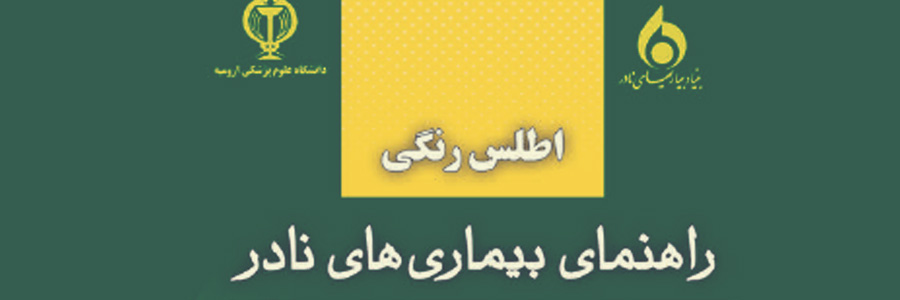Low prevalence of rare diseases has caused very limited studies done in this area. On the other hand the hereditary nature of these diseases has added more difficulties and complexity lowering the pace for identification of their causes and roots and accordingly their diagnosis and treatment.
Today, particularly in the developed countries, identification of causes and treatment of most of the infectious diseases has given rise to the desire for addressing rare diseases and now any research in this area is considered as a drive for generating knowledge and unveiling the secrets behind the medical sciences.
But what is important above all is to raise awareness of the rare disease patients and their families in order for them to understand essence of the disease and if primary and secondary complications. This, in addition to production of a factual image of the circumstances the patient is facing, will help us to provide a very helpful educational basis in this area.
Thus attempting to assess primary requirements as well as the public knowledge of the patients about such diseases and also identifying the educational priorities we have done our best to produce basic knowledge for the patients in order for them to get primary impression of their diseases as well as the relevant possible treatment procedures; the basic knowledge that is about symptoms, disorders classification, other names and subgroups of the disease, prevalence and spread of the disease, the main causes of the disease and physiopathology (in short), harms and disabilities caused by the disease, additional problems caused as the result of the disease, diagnostic and therapeutic methods, prognosis of the disease and the needed care. It goes without saying that all these information will be forwarded to the patient according to his/her educational level and personal knowledge.
It is noticeable that many patients with rare disease symptoms are referred to and examined by the medical centers throughout the world on daily basis. High incidence of these diseases are always been attended to and it is subject to changes in the course of years.
Until now six to eight thousands rare diseases have been diagnosed in the world and currently 30 million individuals in Europe and 30 million individuals in USA have been diagnosed with rare diseases. In Iran this number stands at two to three millions.
High incidence of the rare diseases is indicative of the important of this issue.
Within the same context preparation of the Atlas of Rare Diseases in Iran by the Foundation and the West Azerbaijan University of Medical Sciences is considered as the first step for creating a reliable reference for immediate diagnosis of rare diseases and proper identification of relevant symptoms.
This source includes comprehensive information about 58 kind of rare diseases published to enhance public awareness over these diseases.
 Atlas of rare diseases Download E-Book
Atlas of rare diseases Download E-Book








